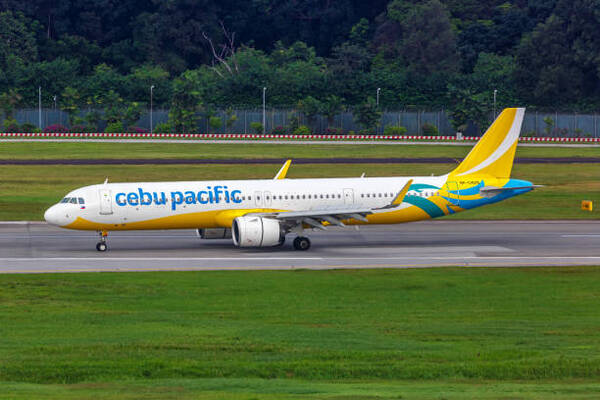Tuesday, July 1, 2025

Cebu Pacific is continuing its strong trajectory of growth, further solidifying its leadership in both the Philippine domestic and international aviation markets. The airline’s focused strategic expansion in fleet and network capacity positions it well for enhanced profitability and long-term financial sustainability.
As Cebu Pacific enters 2025, its future growth plans are clear, with a focus on further fleet expansion and strengthening regional connectivity. This approach aims to make air travel more accessible and affordable across Asia, aligning with the airline’s long-term goals.
The results thus far in 2025 reflect the airline’s momentum. Cebu Pacific achieved a significant milestone in 2024 by transporting a record-breaking 24.5 million passengers, marking its highest annual total to date. This impressive growth is largely attributed to the airline’s ongoing investments in expanding its fleet and network.
Last year, Cebu Pacific added 17 new Airbus aircraft to its fleet, significantly boosting capacity and enhancing operational efficiency. This increase in fleet size supports the airline’s capacity to meet rising demand, offering more options for passengers across both domestic and international routes. Additionally, Cebu Pacific has accelerated the development of regional hubs across the Philippines to better cater to growing travel demand within the country.
One of the key drivers behind Cebu Pacific’s success has been its route expansion strategy. In 2024 alone, the airline introduced 28 new routes, including 19 domestic routes and 9 international routes. This expanded network provides passengers with more travel options, connecting them to key destinations across the Philippines and beyond. By April 2025, Cebu Pacific expanded its network with the addition of three new international routes: Cebu to Ho Chi Minh, Iloilo to Bangkok (Don Mueang), and Manila to Sapporo.
The airline’s strategy of expanding both its fleet and route network is supported by favorable economic conditions and strong demand from both leisure and business travelers. The demand for affordable air travel in Asia is robust, providing Cebu Pacific with a unique opportunity to capitalize on the growing trend.
Strategic Growth in the Philippine Aviation Sector
The Philippine air travel sector continues to experience substantial growth. According to Statista, in 2024, domestic passenger traffic in the Philippines reached 32 million, while international traffic hit 28 million. These figures highlight the increasing demand for air travel, creating opportunities for Cebu Pacific to further expand its presence.
To truly take advantage of this demand, Cebu Pacific recognizes that merely expanding capacity is not sufficient. The airline has maintained a strong focus on cost management, operational efficiency, and financial discipline. By optimizing these areas, Cebu Pacific can improve its bottom line, making it well-positioned for long-term success. Additionally, the airline continues to make strategic investments in its fleet, with costs varying depending on the type and configuration of the aircraft.
These operational improvements are expected to significantly enhance Cebu Pacific’s network performance and increase profit margins. With a clear strategy in place, the airline is well-positioned to sustain its growth and ensure long-term financial stability.
Realizing a Vision for the Future
Looking to the future, Cebu Pacific’s strategic goal over the next three to five years is to expand access to affordable air travel within the Philippines and across key markets in Asia. To achieve this, the airline plans to continue growing its fleet, fortify its domestic and international routes, and optimize the use of its existing hubs. This will not only increase connectivity but also improve operational efficiency, helping Cebu Pacific meet the growing demand for air travel across the region.
The airline’s ambitious growth plans are further supported by several major infrastructure projects. One of the key projects is the planned upgrades to Ninoy Aquino International Airport (NAIA), which will enhance the airport’s capacity to handle the increasing number of passengers. Additionally, the New Manila International Airport, also known as Bulacan Airport, is set to begin construction in January 2026. Once completed, this new airport will further support Cebu Pacific’s growth strategy, providing additional capacity to meet the region’s expanding travel demand. The expected completion date for the airport is late 2028.
Cebu Pacific’s expansion in fleet, network, and infrastructure is positioning the airline for long-term success. The combination of a strong domestic and international network, cost management strategies, and planned investments in infrastructure provides Cebu Pacific with the tools it needs to continue leading the Philippine aviation sector and drive sustainable growth across Asia.
«Enjoyed this post? Never miss out on future posts by following us»